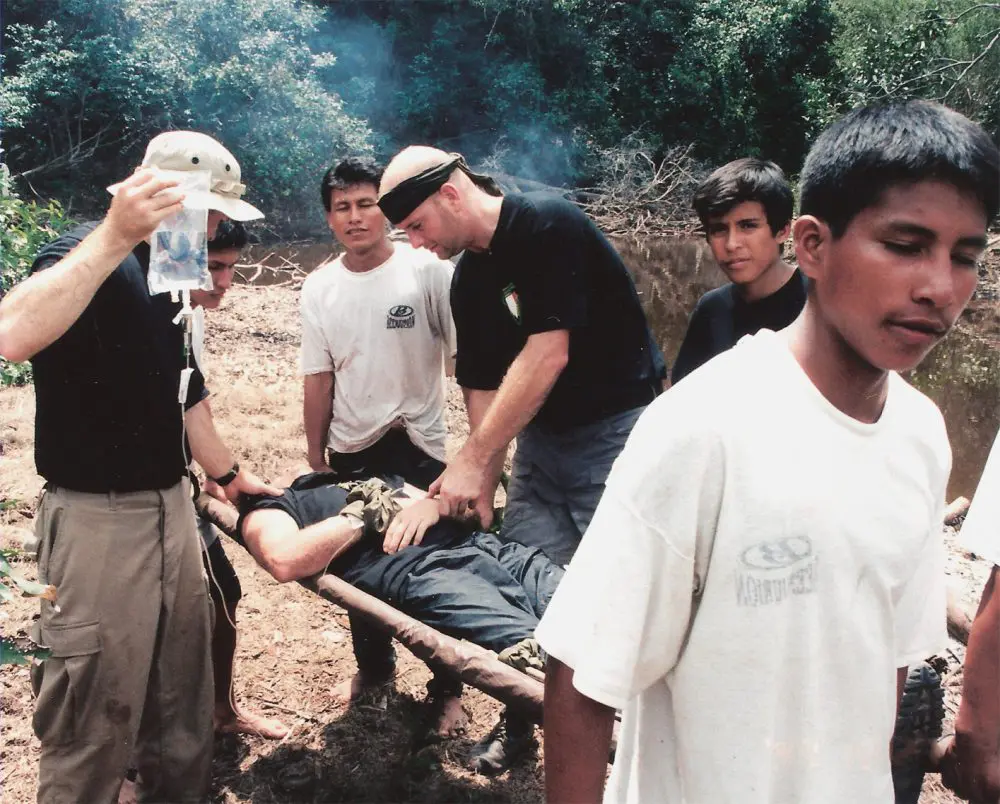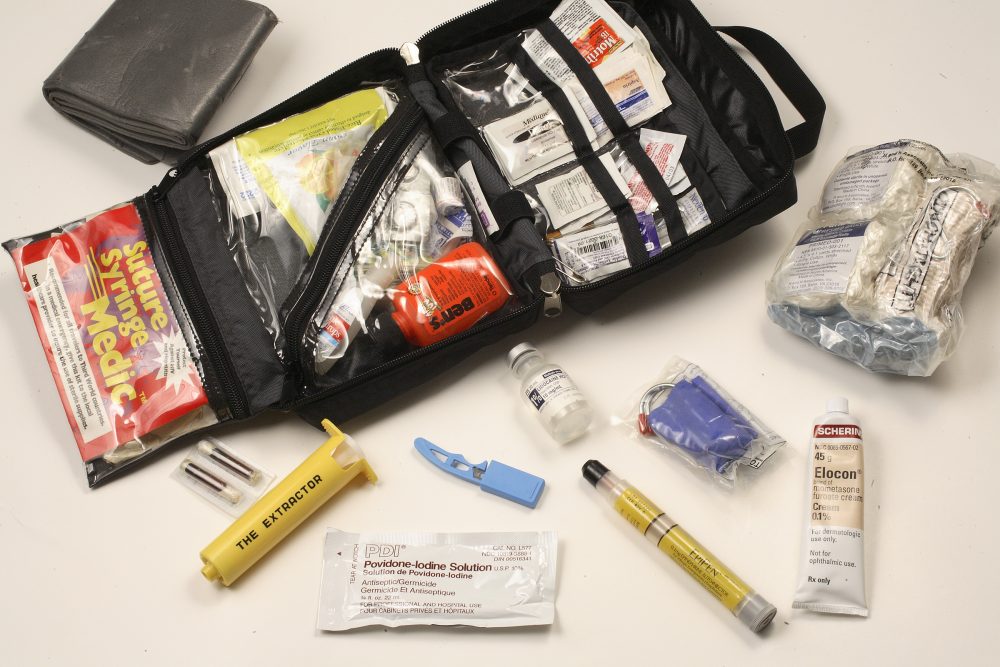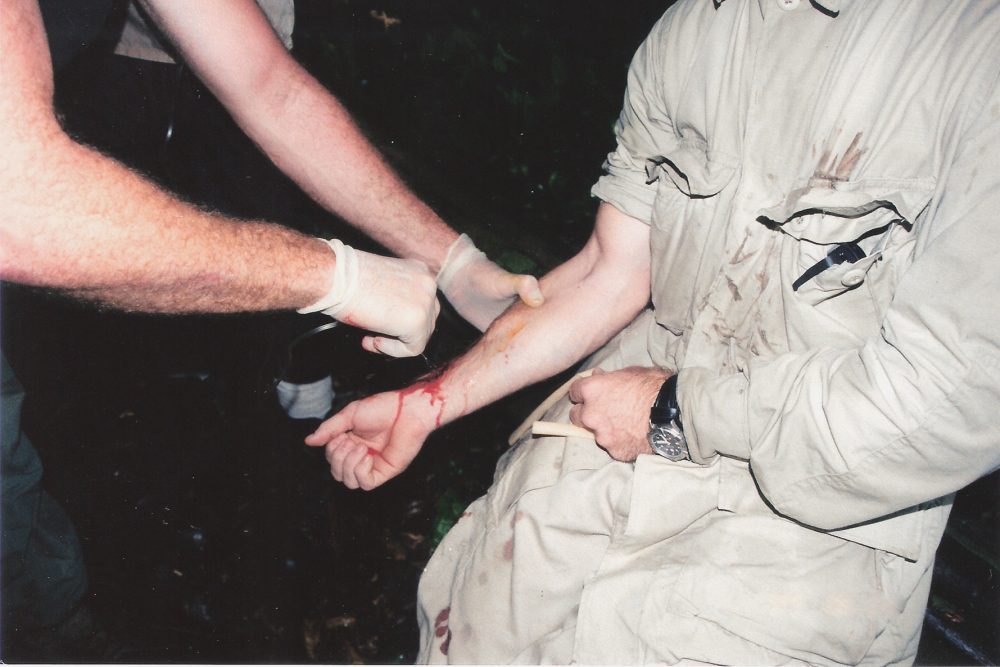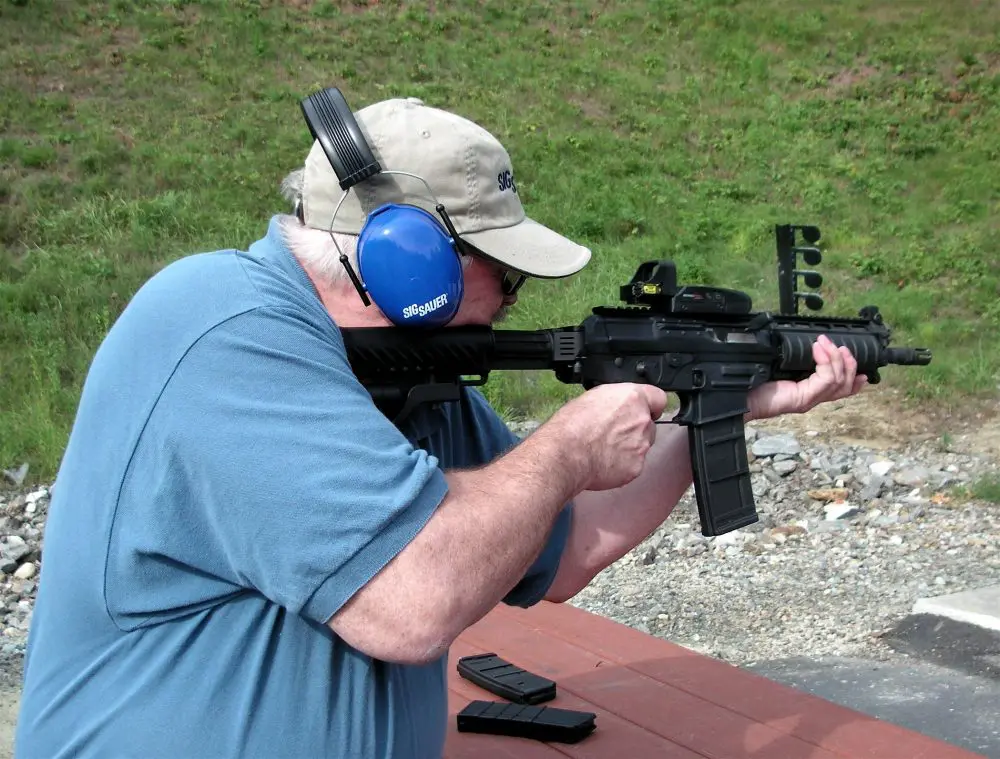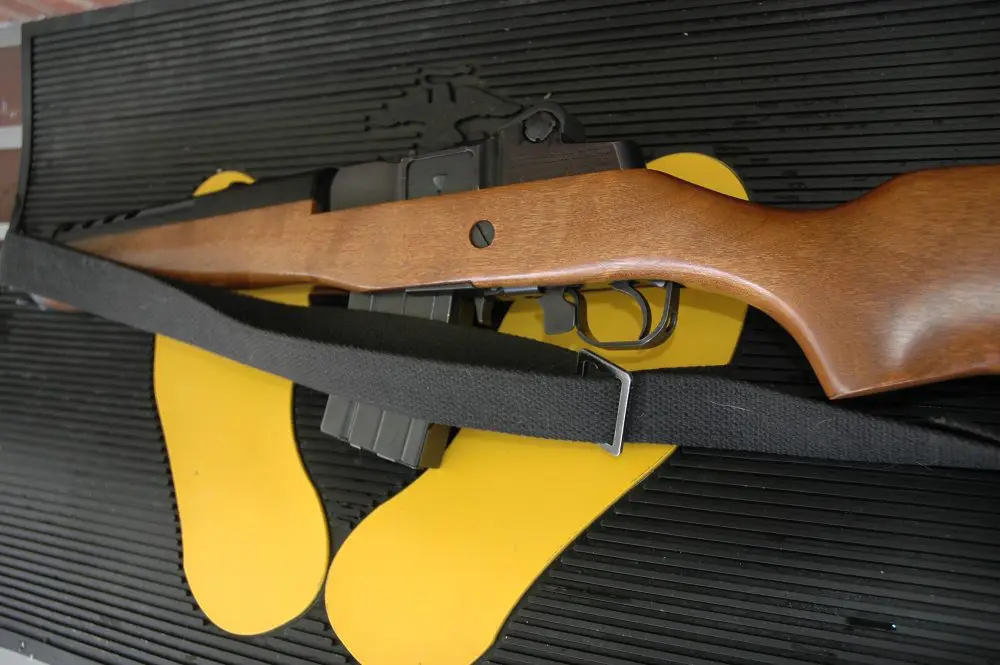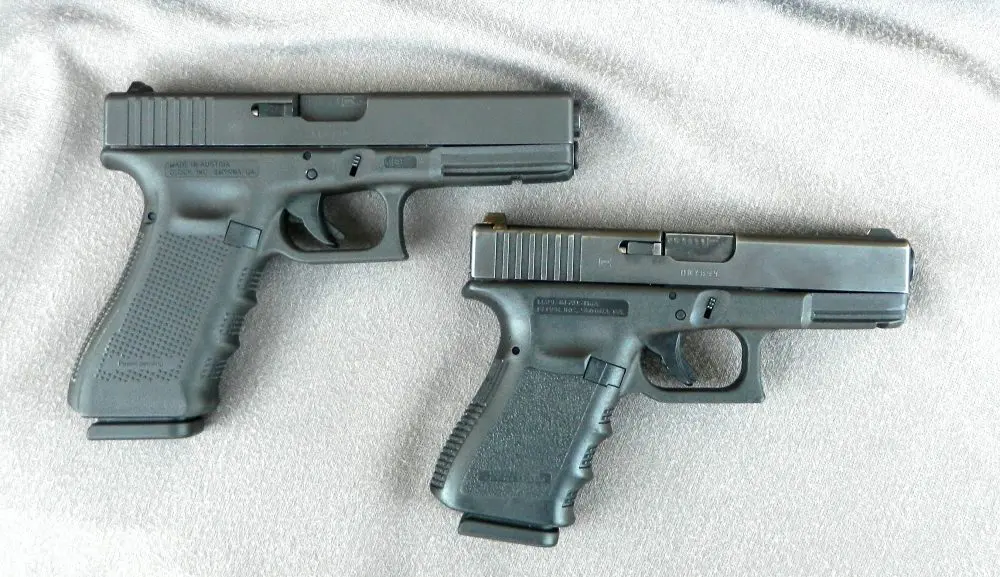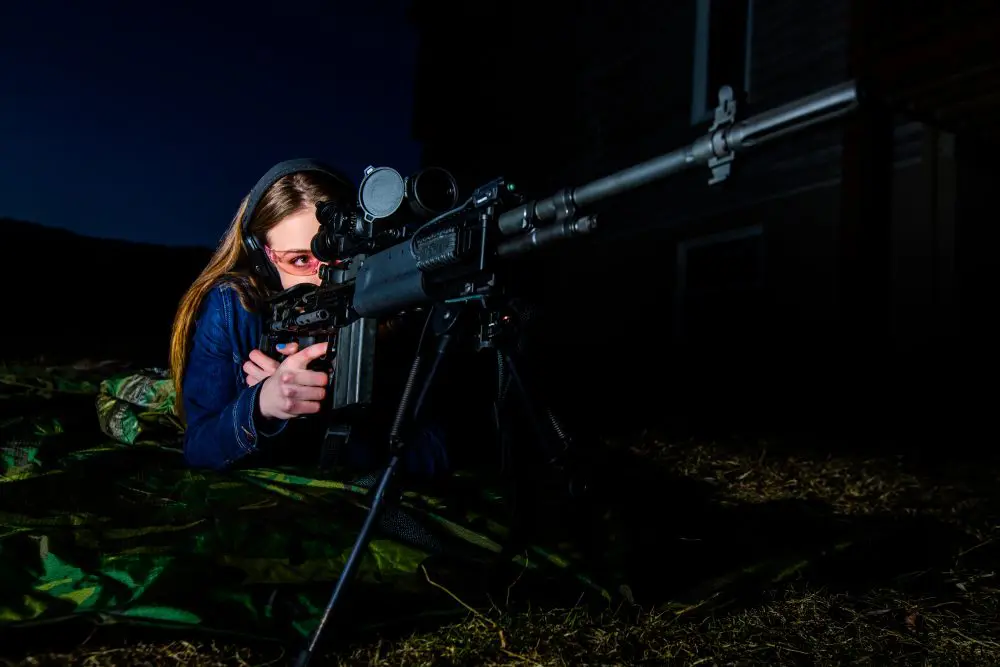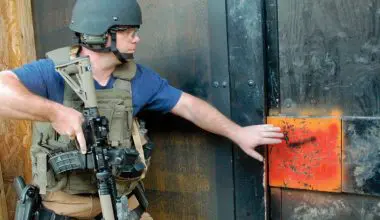Risk of dying from injury increases substantially without proper tools found in first-aid bag. No traveler, adventurer or home should be without a good first-aid kit.
A fellow emailed me a couple of weeks ago asking why we never do anything on first aid in Against All Odds. Well, to put it bluntly, every time someone writes something on first aid, there’s always some guy with a medical degree who wants to debate the content. When it comes to the field of emergency care, there are probably more egos involved than you will ever see in the gung-ho tactical community.
Having said that, let me make the following disclaimer: I do not have a medical degree! I have studied under some great folks in the wilderness medical community, including Special Forces medics from the 20th SFG, Hugh Coffee of “Ditch Medicine” fame, and a few others, as well as doing a lot of veterinary work (including surgical procedures), but I’m not a doctor. So, get your own first-aid training before taking my word for anything and don’t write me bitching if you don’t like my advice.
Due to article length restriction, I’ve decided to limit this discussion to some of the more serious problems that can occur in a remote environment.
Table of Contents
LACERATIONS AND BLEEDING
Small bleeders are typically easy to control by direct pressure and by using dressings such as sterile gauze pads, Band-Aids, steri-strips, or by taping the wound closed with simple duct tape. Rarely should you attempt to sew a wound closed. Serious bleeding should be controlled by direct pressure and pressure dressings. If bleeding is from an extremity, elevate the injured area above heart level while continuing to apply direct pressure. Two situations when you would not use elevation are for a fracture or envenomation.
Another method for decreasing hemorrhage is by applying pressure to pressure points on the joint above the injury where arteries run over bones close to the skin.
Tourniquets should be used only when arterial or severe venous bleeding cannot be controlled by any other means, and the choice is life over limb. Proper procedures for using a tourniquet should be learned before attempting to save a life with this method. If a tourniquet is applied to an accident victim, always mark the letter “T” and the time and date the tourniquet was applied on the victim’s forehead. This is done so primary care personnel will readily know that a tourniquet is on the patient and can evaluate whether or not the limb may be saved. If you have haemostatic agents, use them before attempting to apply a tourniquet.
Medic with Randall’s Adventure & Training survival team treats participant’s wound.
FRACTURES
Treating fractures can be as simple as applying splints, or as complicated as applying necessary traction to femur breaks and attempting to control internal bleeding. When analyzing a patient for broken bones, look for visual misalignment along the bone and pain or loss of motor skills in the affected limb. Compound fractures that protrude from the skin should not be reset in a wilderness environment, since possible internal laceration to the arteries is a risk from sharp bone fragments, as well as foreign debris entering the area.
A properly splinted extremity must have the joint above and below the fracture site immobilized. Any breakage in the skin should be covered with sterile gauze and tape, or pressure bandages if required. Simple splints can be made from sticks and rags, with the idea of keeping the injured part from moving and creating further damage. All jewelry and clothing should be removed surrounding the fracture site due to swelling and for inspection of further damage and bleeding. All associated bleeding must also be controlled. Due to the large muscle mass of the thighs, femur fractures are generally the only ones that require traction. Since internal hemorrhaging and severe muscle spasms are frequently associated with femur fractures, traction should be applied when possible. Direct pressure and pressure points (indirect pressure) should be used in an attempt to control bleeding. Once traction is applied, it should never be released until the victim is in the hands of a primary care facility. (How to build improvised traction devices will be discussed in a future Against All Odds.)
Risk of dying from injury increases substantially without proper tools found in first-aid bag. No traveler, adventurer or home should be without a good first-aid kit.
HEAT-RELATED ILLNESS
Heat-related illnesses include heat cramps, heat exhaustion and heatstroke—the last a medical emergency. These illnesses are caused by dehydration and loss of electrolytes through sweating and inadequate intake of calories from food. The symptoms of heat exhaustion are cool, pale and clammy skin; weakness; headache; nausea; dizziness; thirst; rapid pulse; chills; slightly raised body temperature; and low blood pressure. Treatment should be immediate rest in a cool area, removal of excess clothing, drinking fluids and wetting the body with cool water. However, if an abundance of water is not available, remember that water is better “in you than on you.” For severe cases, use 1/4 teaspoon of salt and six teaspoons of sugar to a quart of water and drink in regular intervals. This is the bush equivalent of pre-packaged oral rehydration salts. This technique of electrolyte replacement should only be used sparingly. The best way to replace sodium is through food.
Heatstroke is a serious medical emergency that can kill in a matter of minutes. The symptoms are basically the same as heat exhaustion except the body’s core temperature can exceed 106 degrees. The victim frequently shows severe personality changes and a lowered level of consciousness. The skin will be hot and can either be sweaty or dry. The mental status of the victim will decline, usually with slurred speech and loss of motor skills leading to possible coma.
Immediately suspect heatstroke in any person who suddenly collapses when in a hot environment. Treatment must be rendered immediately, since this is an absolute medical emergency. Remove all the victim’s clothing, spray the entire body with water and fan him vigorously, which will release heat through convection and evaporation. If possible, immerse the victim in water, or place ice packs under the back of the neck, armpits, lower back and groin. The secret to treating heatstroke is cooling the body immediately and evacuating the patient as soon as possible. When using this process, be sure to monitor the patient’s core temperature. Stop the cooling process once the body temperature reaches 100 degrees, or else the body can have a reverse reaction and become severely hypothermic.
DIARRHEA
Simple diarrhea can be caused from diet changes, stress, or nervous anticipation associated with new adventures. The more severe forms can be the result of intestinal infections (bacterial, viral, or parasitic), food poisoning and allergies. Usually, simple diarrhea will take care of itself, however, prolonged diarrhea can be serious and cause dehydration due to loss of fluids and electrolytes.
Accompanying the serious cases may be lower abdominal cramping, fever, lack of bowel control, signs of dehydration and other people in your group with the same conditions. Treatment consists of drinking copious amounts of clear fluids and a gradual return to a normal diet. Steer clear of milk products and meats for at least 48 hours after the diarrhea has stopped, and avoid caffeine and nicotine since they stimulate the intestine and increase dehydration. Pepto-Bismol and Imodium should be included in every first-aid bag and used as treatment. Another of the best treatments is Oral Rehydration salts, which are usually found in good travel first-aid kits, or you can make the bush equivalent detailed above.
ANAPHYLACTIC SHOCK
Anaphylactic shock is a severe allergic reaction in people who are hypersensitive to insect stings, drugs or even some types of food. It is a serious medical emergency and can rapidly cause death. The majority of deaths are caused by swollen air passages, which literally smother the victim. Symptoms may include severe itching, shortness of breath, coughing, sneezing, swelling of the throat, chest tightness, convulsions and vomiting. These usually occur shortly after being exposed to the agent causing the allergic reaction (drugs, bee stings, certain foods.)
The seriousness of this problem cannot be stressed enough. If anaphylactic shock occurs, every second counts. Monitor the ABCs (Airway, Breathing, and Circulation) with special attention to the airway. The only life-saving treatment is an epinephrine injection as provided in bee sting kits. If this is not available, use an asthma inhaler or decongestant spray, and administer antihistamine or decongestant medication. First aid for seizures may be necessary. Keeping the conscious victim sitting in an upright position may also help breathing. Evacuate rapidly.
SNAKEBITE
Much myth and incorrect information surround the dangers of venomous snakes and the treatment of bites. The snake is the perfect evil entity, with myths and legends perpetuated from biblical times all the way to present-day Hollywood. As a victim of a “hot” copperhead snakebite, I can say that it’s painful, but nowhere near the medical emergency that anaphylactic shock, heatstroke, heart attacks and other medical situations that exist among wilderness travelers are.
First of all, a high percentage of bites from venomous specie are not “hot” (bites which inject maximum amounts of venom.) However, any bite from such snakes should be treated as potential envenomations, with the victim being evacuated to a proper health care facility. Even with hot bites, the victim is not going to die in five minutes. Calm, steady first-aid treatment and evacuation will serve the victim much better than running or panicking, which increases heart rate and blood flow and creates more stress in the patient.
Under no circumstances should you apply a tourniquet or make incisions into a bite in attempts to extract venom. Electric shock treatment only hurts the patient and increases heart rate and blood flow. Cold packs or ice should not be used, since they do not inactivate the venom. Do not give aspirin because it can cause greater intestinal bleeding and thin the blood. Alcohol should be avoided, because it also thins the blood and dilates vessels, causing pooling of blood. Do not attempt to catch or kill the snake due to the possibility of creating another victim. In many snakebite cases, antivenin may not be given at the hospital, so snake identification is not top priority.
The Sawyer Extractor can provide effective treatment if applied within two or three minutes of the bite. Within this time frame, up to 30% of the injected venom can be removed and at 30 minutes up to 3% can be extracted. If the Extractor is not available within this period of time, don’t waste time looking for it and instead begin your first-aid procedures. Keep the victim calm and quiet, since activity and increased heart rate increase venom absorption. Monitor ABCs and treat accordingly. Use a sling to immobilize the bitten limb and keep at or below heart level. Most importantly, reassure the victim and make all attempts to keep him calm, since his worst fears of the wilderness have come true. Although the victim may be in serious pain with swelling, in most cases there are several hours before “hot bite” victims become critical. Death from snakebite in the United States is extremely rare.
PREVENTION
Prevention always trumps treatment. Remember the six “Ps”: Proper Preparation Prevents Piss-Poor Performance. Basic preventives such as traveling with a companion and letting others know where you’re going and how long you intend to be gone will go a long way toward saving a life should the need arise. Other preventive measures include:
- Always have a prearranged evacuation route and meeting point.
- Avoid using drugs or alcohol while in the back country.
- Always carry adequate food and water or at least have safe ways to purify local water.
- Anticipate weather changes and carry extra dry clothing.
- Learn basic navigation skills and have good maps of the area.
- Always ask if your partner or teammates have special medical conditions such as allergies to specific medications, food or insects, and if anyone has ever been a heat casualty, and, if so, plan accordingly before your trip departs.
In a future Against All Odds we will discuss first-aid kits and the required extras for any commercial kit.
